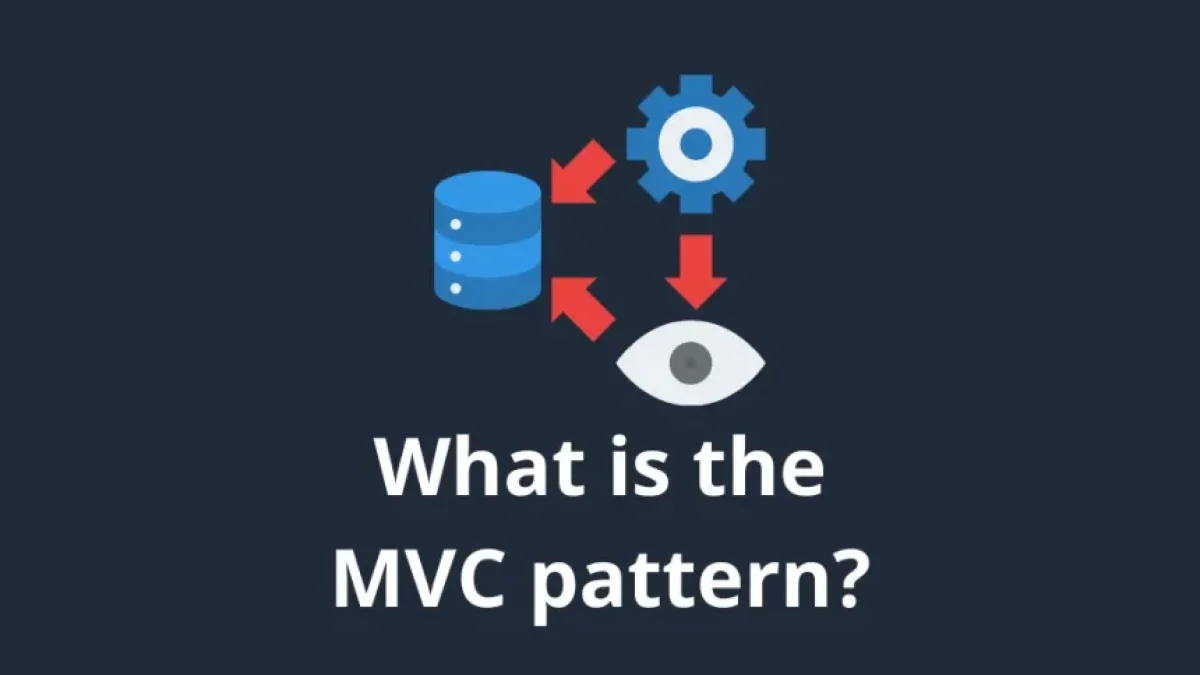The Model-View-Controller (MVC) design pattern is a widely used architectural approach in software development. This pattern is based on the separation of responsibilities, facilitating the development, organization, and maintainability of applications, especially in the field of web applications. In this article, we will explore in detail what the MVC pattern is, its fundamental components, its advantages, and some popular implementations.
What are the components of the MVC pattern?
The MVC pattern is divided into three main components: Model, View, and Controller. Each component has a specific role and communicates with the others to form a coherent application.
Model
The Model is responsible for the business logic and management of the application's data. This component is independent of the user interface and is responsible for:
- Managing the database: The Model interacts with the database and performs create, read, update, and delete (CRUD) operations.
- Containing the business logic: The Model implements and manages the business rules that define how the data should behave.
- Notify of changes: When data is modified, the Model notifies the View so that it can update itself.
View
The View is the visual representation of the data provided by the Model. Its main function is to display information to the user and allow interaction with the application. Some characteristics of the View include:
- User interface: The View presents information in a way that is understandable to the user, whether through forms, graphics, or any other visual format.
- Dynamically update: The View can react to changes in the Model, displaying updates in real time without needing to refresh the page.
Controller
The Controller acts as an intermediary between the Model and the View. This component receives user actions through the View and translates those actions into commands that the Model can understand. The functions of the Controller are:
- Receive user input: The Controller captures events such as button clicks or form entries.
- Update the Model: In response to user actions, the Controller can modify the state of the Model.
- Update the View: After making changes to the Model, the Controller typically requests that the View be updated to reflect the changes made.
What are the advantages of the MVC pattern?
Implementing the MVC pattern brings multiple benefits:
Separation of concerns
By dividing an application into three distinct components, the MVC pattern allows each to focus on a specific task. This simplifies development, as different teams can work on each component independently.
Improved maintainability
The separation between business logic (Model), user interface (View), and event handling (Controller) makes it easier to identify and solve problems. Modifications to one component minimally affect the others, which simplifies maintenance and updating of the application.
Encourages reuse
Components in the MVC pattern can be reused in different parts of the application or even in different projects. For example, a Model can be used by multiple Views without duplicating logic.
Improves Scalability
Since components are decoupled, it is easier to add new functionality to the application. Developers can extend the system without affecting other existing components, allowing for more efficient scalability.
Popular Implementations of the MVC Pattern
The MVC pattern has become a standard across many development technologies. Some of the frameworks and languages that implement the MVC pattern are:
Ruby on Rails
Ruby on Rails is a web application development framework that uses the MVC pattern effectively. Its focus on simplicity and productivity has made it a popular choice among developers.
ASP.NET MVC
ASP.NET MVC is a Microsoft development framework that uses the MVC pattern to make it easier to build web applications in the .NET environment. It offers powerful tools and great flexibility for developing high-performance applications.
Angular
While Angular is not an MVC in the classic sense, it follows a similar architecture through the use of components that perform functions equivalent to MVC elements. Angular makes it easy to create organized and scalable single-page applications (SPAs).
Conclusion
The MVC pattern is a fundamental approach in modern software development, especially in the realm of web applications. By separating the various concerns, it makes application development, maintainability, and scalability easier. Understanding how the MVC pattern and its components work is crucial for any developer looking to implement robust and efficient solutions in their projects.
If you want to dig deeper into the MVC pattern or its implementation in a specific framework, be sure to check out the official documentation for each technology for detailed guides and additional information.




















